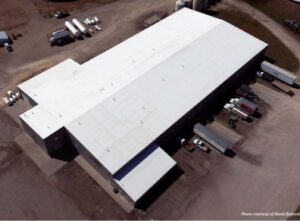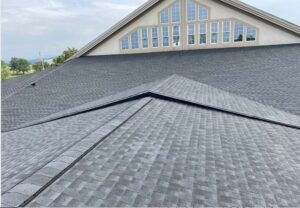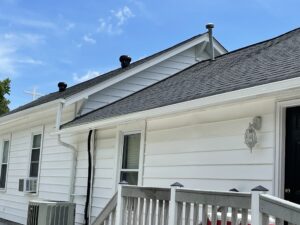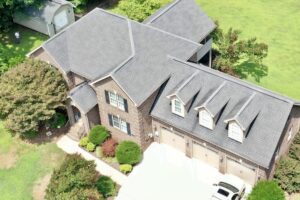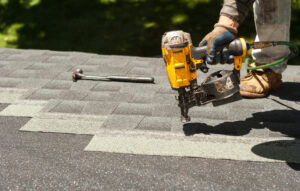Tile Roof Repair – Causes and Prevention
You probably don’t think about your roof – until it starts leaking or getting damaged during storms. If you have a tile roof, then regular maintenance can help extend its lifespan. Small leaks on a tile roof should be repaired quickly to prevent more serious damage to the ceiling and property inside the house. A professional tile roof repair contractor can inspect your roof and make the necessary repairs.
Damaged Tiles
Damaged tiles are one of the most common causes of tile roof repair. They are typically caused by debris falling on the roof, extreme weather, or impact. The repair process starts by locating the broken tile and cleaning the area around it. This helps ensure the repair cement will bond correctly with the tile.

The next step is to remove the damaged tile. This can be done with a hammer or flat pry bar. Using care not to damage the surrounding tiles, the faulty tile is pulled up and the nails removed. If there are other areas of the roof with broken tiles, a full replacement is recommended as repairs will be difficult to accomplish and costly.
Once the damaged area is clean and free of debris, a repair layer of plastic roofing cement is applied to the tiles. This helps to seal any cracks or holes. The repair is then smoothed down and allowed to dry.
Debris
In addition to a less appealing appearance, damaged tiles can contribute to clogged gutters during rainy weather. This can lead to water overflow and interior flooding. During routine inspections, if you spot a broken tile or a clogged gutter, call a professional to get the repairs done right away. Delaying these repairs will cause the issue to worsen and reduce your roof’s lifespan.
Before starting any repair work, gather the necessary roofing materials and tools. These include a flat pry bar, hammer and a ladder. It is also a good idea to put a stepping stool down so that you can safely climb the rooftop without worrying about slipping and falling.
It is also a good idea to examine the eaves for cracks and other damage. These can lead to wood rot and water leaks in the attic. Inspecting the eaves once a year will help to minimize the need for repairs. Taking care of these issues now will save you a lot of money and stress later on.
Leaks
Leaks can occur from broken or cracked roof tiles. They may have been caused by debris in storms, high winds or wear and tear over time (when the binding concrete breaks down). If they are not repaired quickly and water gets under them it will leak into the ceilings of your home.
Tile roofs have what is known as a base sheet or underlayment that is laid over the actual wood decking of your roof. This underlayment, along with flashings (metal used around difficult areas like valleys and vent pipes) is your real protection from rainwater intrusion into your house.
If left unattended small leaks will cause more serious damage to the tiles, ceilings and valuables inside your home. Leaks can be easily fixed by prying up a tile above the leaking one, removing the damaged roof tile and then replacing it with a new replacement tile. Small cracks and holes can be filled with roofing cement.
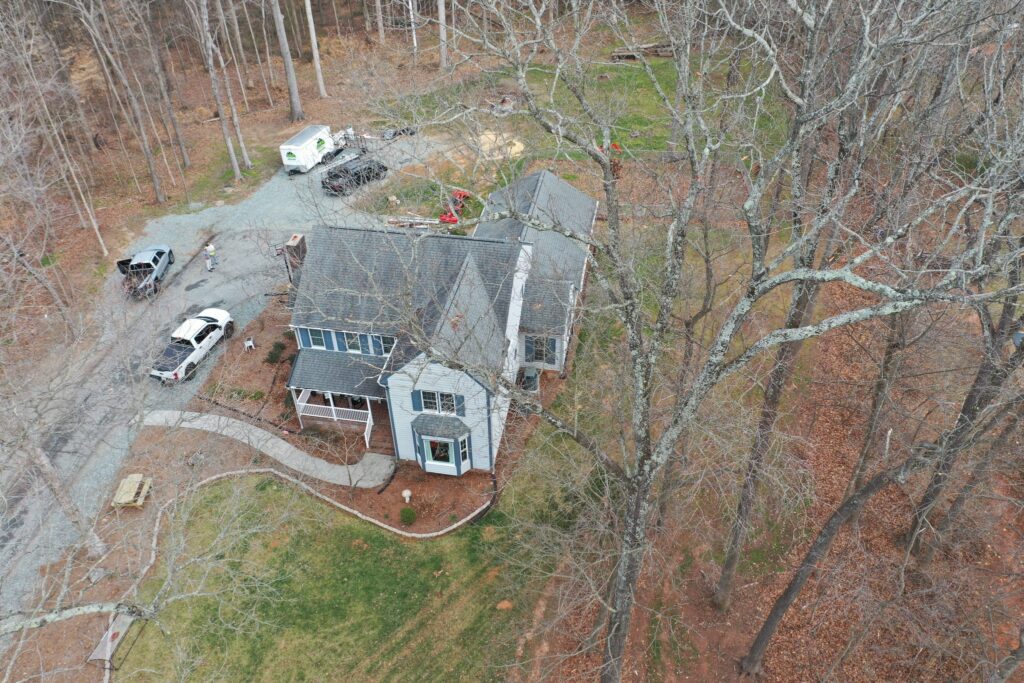
Underlayment
Although tile roofs have a lifespan of 50 years or more, they require regular maintenance to keep them in good shape. Damaged tiles and other issues can cause severe problems if they’re left unattended.
Whether the problem is missing or cracked tiles or deteriorated underlayment, a qualified roofer can repair it. The cost of repairing a tile roof depends on the size and condition of the roof, type and material of tiles and extent of the breakage.
The underlayment is a waterproof layer under the tiles that protects the subfloor. It’s typically made of organic material, such as felt paper. Synthetic underlayment is available for a more durable option. In addition to preventing leaks, the underlayment helps prevent mold and mildew growth.

